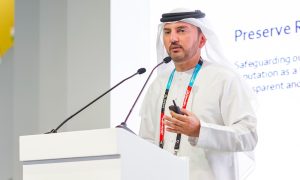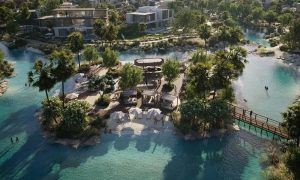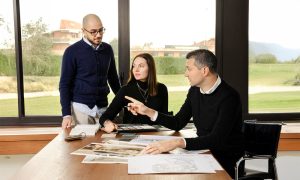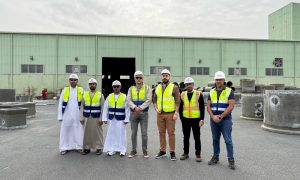Dubai Municipality starts geotechnical work on sewer project
Multi-billion dirham project to construct more than 70km of tunnels

Dubai Municipality has begun exploratory work for a major new sewage treatment system, according to a statement.
The Dubai Strategic Sewer Tunnel Project, for which Dubai Municipality has engaged Parsons Overseas Limited as engineering consultant, will involve construction of more than 70km of tunnels supported by approximately 140 km of link sewers and key pumping stations.
When completed in 2022, the project will eliminate over 100 pump stations around the city that currently transfer sewage to treatment plants in Al Warsan and Jebel Ali.
Dubai Municipality, which has commenced a geotechnical investigation for the project, says the key objectives are to reduce the cost of treating sewage, reduce carbon emissions through the use of gravity systems and reduction in power demand.
“The sewerage infrastructure is part of the essential infrastructure of a modern city,” said Eng. Hussain Nasser Lootah, Director General of Dubai Municipality.
“To fulfil the city’s needs, Dubai has approved an integrated plan proposal to expand the existing sewerage system and improve the arrangements for sewage disposal by combining land based sewage treatment and a deep tunnel sewerage conveyance system.”
A key part of the design process is to determine the existing ground parameters used to design the structural integrity of the tunnels, shafts and link sewers.
The Drainage and Irrigation Department of Dubai Municipality, led by Acting Director Mohammed Al Rayees, is proceeding with the site investigation programme, of which Parsons has engaged a company to drill a series of 250 boreholes along the route of the new sewerage network. The DID expects this programme to take up to nine months.
During this field work phase, truck mounted rotary rigs will move to locations along the proposed route of the tunnel and link. The duration of stay at any single location will vary, depending upon drilling depth and in-situ testing requirements.
In general, however, drilling rigs are expected to stay at each location for two to five days. The rigs will be equipped with drilling rods, drill bits, excavation tools and various in-situ testing equipment.
Varied ground conditions are expected to be encountered along the proposed tunnel and link sewer alignment. It is vitally important to gather detailed subsurface information in order to develop a precise and accurate ground model along the entire route which will assist in the design process and selection of appropriate tunnelling tools and technology.
Upon completion of field work, the results of in-situ testing and laboratory analysis will be evaluated to provide advice on appropriate construction methodologies for the tunnels, link sewers and shaft excavations, and to provide ground parameters that will enable engineers to produce cost effective designs.
The geotechnical investigation will include the planning and implementation of destructive and non-destructive techniques by using conventional and specialized drilling/testing tools. Samples of the soil and rock encountered will be retrieved, and use for further analysis.

























